Some plants may look beautiful in a garden, but they can also invite unwanted pests that wreak havoc on your outdoor space. Many homeowners unknowingly plant species that attract destructive insects, leading to infestations that can spread to other greenery. While certain plants are popular for their lush foliage or vibrant flowers, they can also serve as breeding grounds for pests like aphids, beetles, and mites. Being mindful of plant choices can help maintain a healthier landscape without relying on excessive pesticides.
1. Roses
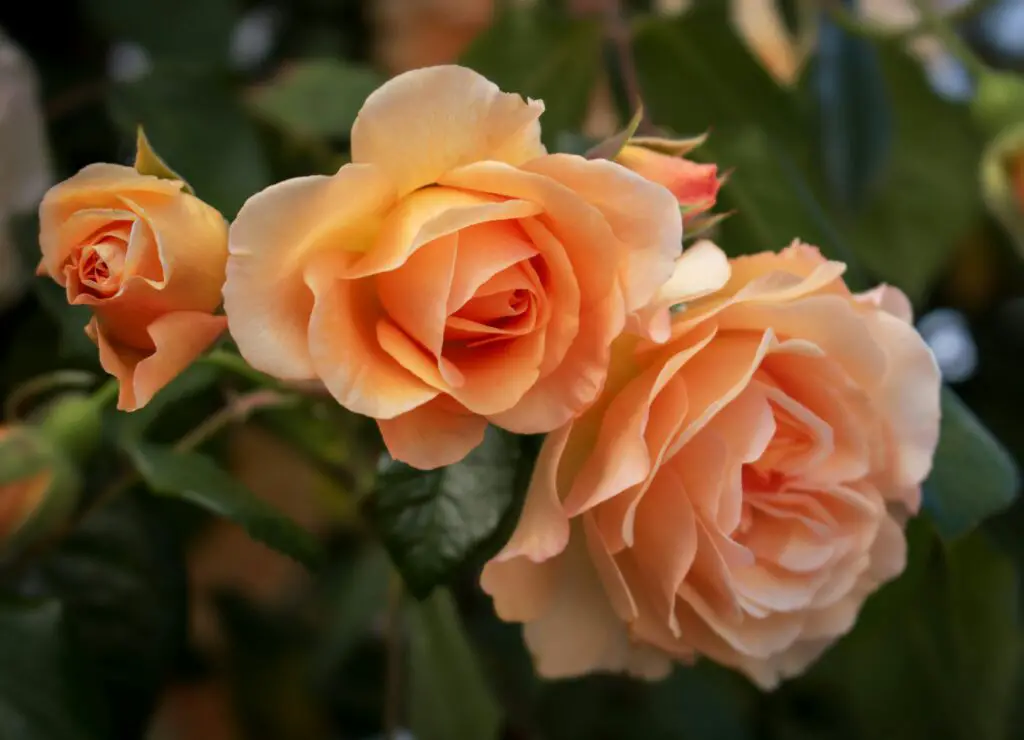
Roses are a classic garden favorite, but they are also highly susceptible to aphids, Japanese beetles, and spider mites. According to Better Homes & Gardens, these pests are drawn to the plant’s delicate leaves and fragrant blooms, often causing significant damage. Aphids feed on the sap, weakening the plant and leading to distorted growth. Japanese beetles, on the other hand, skeletonize the leaves, leaving behind only the veins.
Roses require constant maintenance to keep pests at bay. Regular pruning and insecticidal soaps can help manage infestations, but frequent chemical use can stress the plant. Natural predators like ladybugs can assist in controlling aphid populations, but beetles remain a persistent issue. For a lower-maintenance alternative, consider pest-resistant rose varieties or other hardy flowering shrubs.
2. Tomatoes

Tomatoes are a staple in many home gardens, but they are a magnet for hornworms, aphids, and whiteflies. Gardening Know How reports that these pests rapidly infest tomato plants, causing leaf loss and stunted fruit production. Hornworms, in particular, can strip a tomato plant of its foliage overnight, making early detection crucial. Whiteflies suck nutrients from the plant, leading to yellowing leaves and reduced harvests.
Using row covers and companion planting can help deter these insects. Marigolds and basil are natural deterrents, as their strong scents confuse pests. While pesticides can offer short-term relief, they may also harm beneficial insects that help keep pest populations under control. Choosing disease-resistant tomato varieties can minimize the risk of infestation while still allowing for a bountiful harvest.
3. Hostas
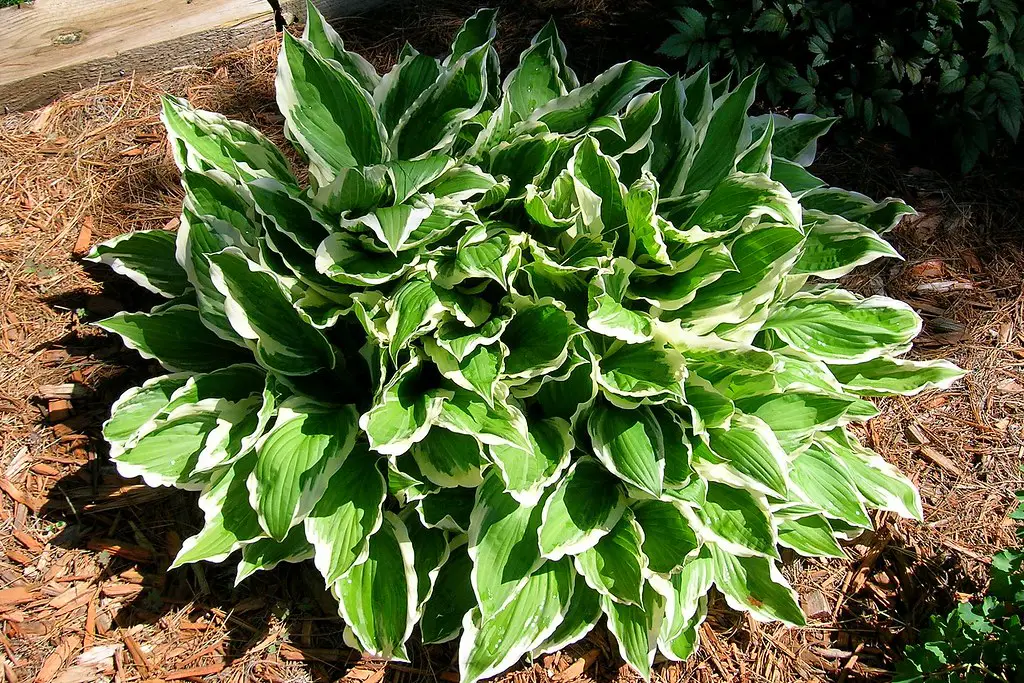
Hostas are beloved for their lush foliage, but they are a favorite target for slugs, snails, and beetles. HGTV explains that the broad, moisture-retaining leaves provide the perfect hiding spot for these pests, leading to chewed edges and holes throughout the plant. Slugs are particularly problematic in damp conditions, feeding on the leaves at night and leaving behind a slimy trail. Beetles can also damage the foliage, reducing the plant’s overall health.
To manage these pests, homeowners often resort to chemical slug baits and insecticides. However, using natural solutions like diatomaceous earth or beer traps to minimize slug populations. Encouraging natural predators, such as birds and frogs, can also help keep hosta-eating pests under control. For a more resistant alternative, consider planting ferns or ornamental grasses that aren’t as attractive to slugs.
4. Sunflowers
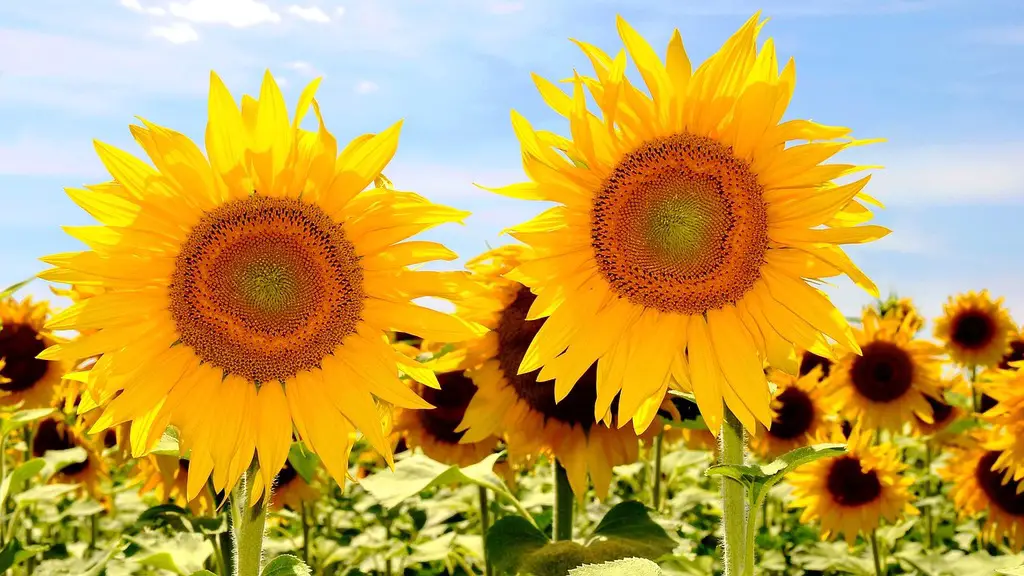
Sunflowers are stunning additions to a garden, but they attract a surprising number of destructive insects. The Spruce states that sunflower beetles, aphids, and weevils frequently infest these plants, feeding on the leaves and flower heads. Sunflower beetles cause defoliation, while weevils burrow into the stems, potentially weakening the entire plant. Aphids, as with many other garden plants, spread rapidly and cause leaf curling.
These pests not only damage the plant but can also spread to nearby flowers and crops. Rotating sunflower plantings each year helps reduce pest buildup in the soil. While insecticidal soaps can help, beneficial insects like ladybugs and lacewings are a more sustainable solution. Homeowners who struggle with recurring infestations may want to opt for pest-resistant native wildflowers instead.
5. Marigolds
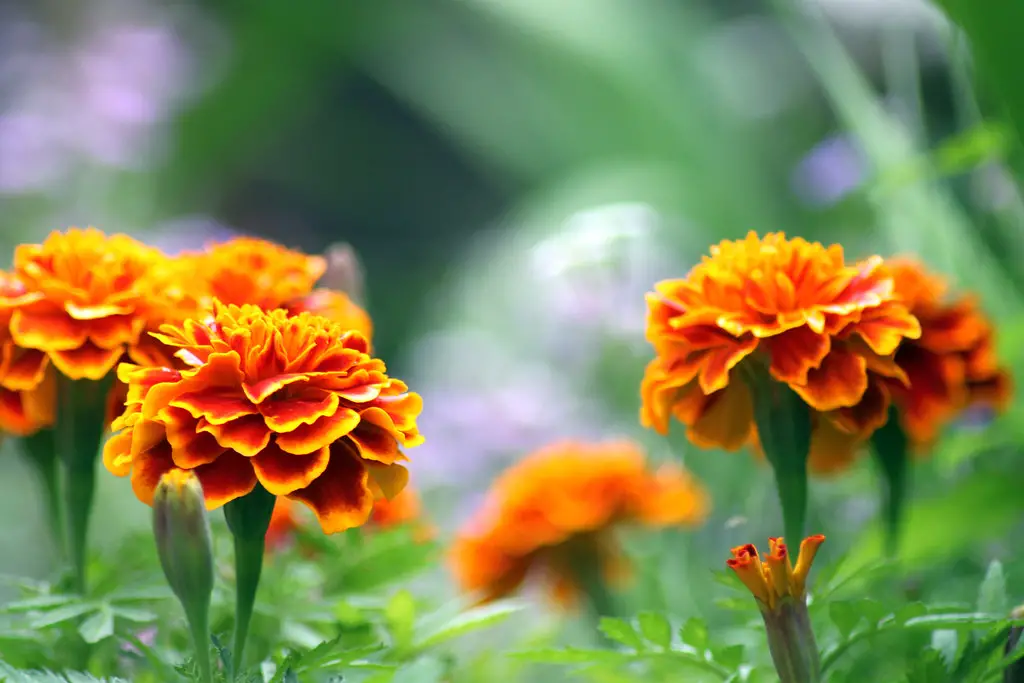
Marigolds are often planted to repel pests, but they ironically attract spider mites and thrips. These tiny insects feed on the plant’s sap, causing yellowing leaves and stunted growth. Spider mites thrive in dry conditions, multiplying rapidly if left unchecked. Thrips, on the other hand, damage both the leaves and flowers, leaving behind brown streaks and distorted petals.
While marigolds do deter some pests, their susceptibility to others makes them a double-edged sword. Regular misting and neem oil applications can help manage infestations, but excessive intervention may be necessary. Gardeners who prefer a lower-maintenance pest deterrent may find that herbs like lavender or rosemary offer similar benefits without as many downsides. Proper spacing between marigold plants also helps prevent the rapid spread of mites and thrips.
6. Fruit Trees
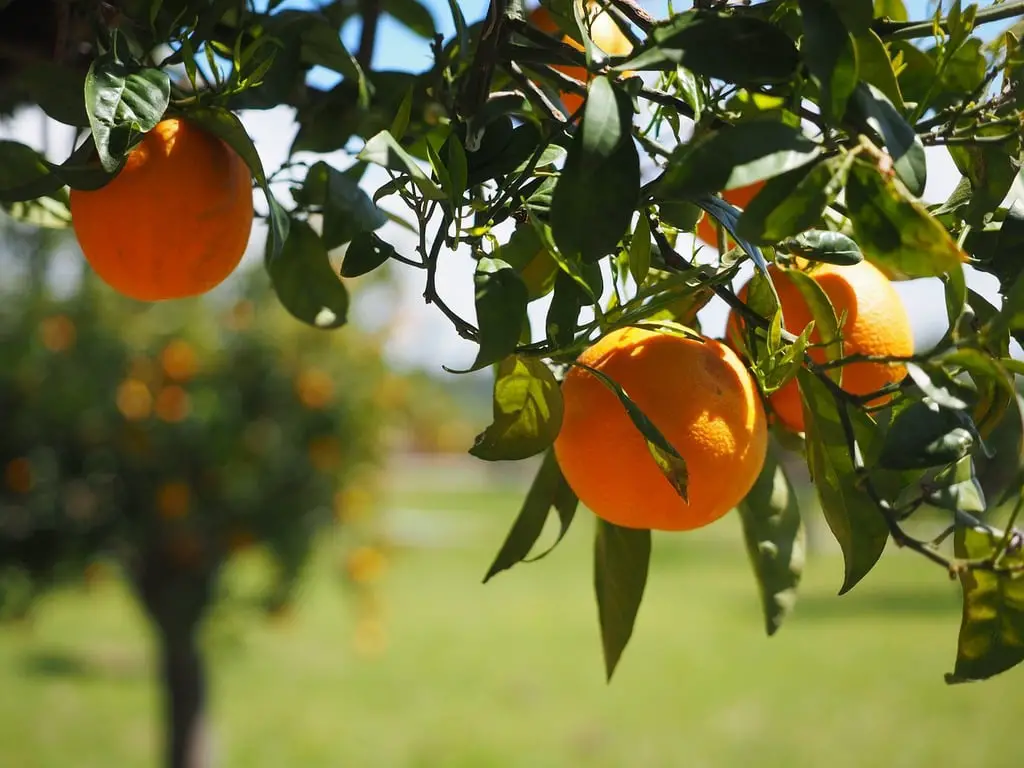
Many homeowners plant fruit trees for fresh produce, but they can become breeding grounds for pests like codling moths and fruit flies. These insects lay eggs inside the fruit, leading to spoiled harvests and widespread infestations. Codling moth larvae tunnel through apples and pears, while fruit flies swarm ripening crops, making them nearly inedible.
Regular pruning and prompt removal of fallen fruit can help manage these pests. However, constant maintenance is necessary to prevent large-scale damage. Netting and organic sprays provide some protection, but infestations can still occur if neighboring properties have untreated fruit trees. Homeowners with persistent pest problems may prefer berry bushes or dwarf citrus trees, which are less prone to invasive insects.
7. Petunias
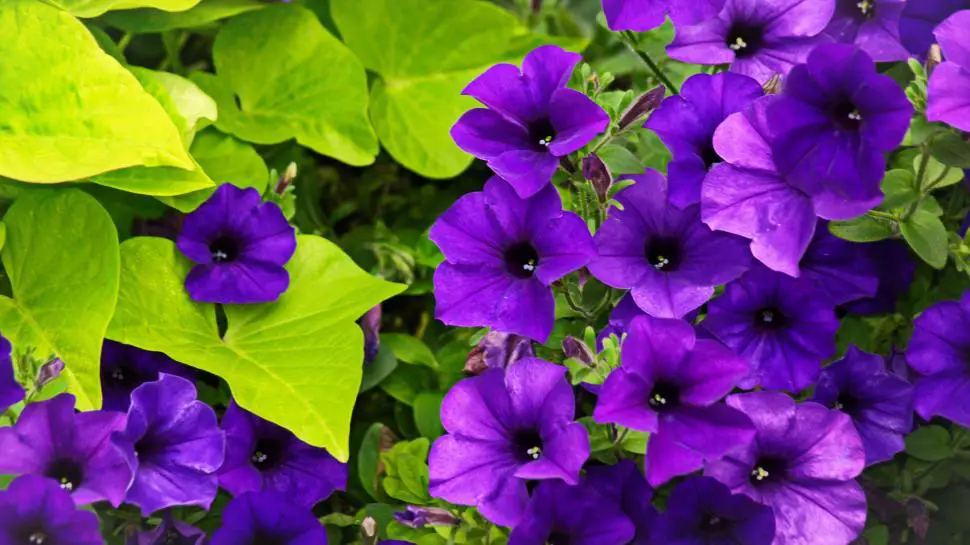
Petunias are a popular choice for flower beds, but they attract aphids, whiteflies, and caterpillars. These pests feed on the leaves and stems, reducing the plant’s ability to bloom. Aphids multiply quickly, forming large colonies that weaken the plant over time. Whiteflies hover around petunias, leaving behind a sticky residue that encourages mold growth.
Routine pest control measures are necessary to keep petunias healthy. Spraying the plants with water or applying insecticidal soap can reduce aphid populations. However, these methods require constant attention to prevent reinfestation. Gardeners who prefer a lower-maintenance option may want to choose zinnias or salvia, which are more resistant to these common pests.
8. Boxwood Shrubs

Boxwood shrubs provide structure to gardens, but they are a prime target for boxwood leafminers and spider mites. Leafminers tunnel through the leaves, causing browning and defoliation. Spider mites thrive in hot, dry weather, sucking the sap from the leaves and leaving behind a speckled appearance. Without intervention, these pests can quickly kill entire sections of the shrub.
Regular pruning and proper spacing can help improve airflow and reduce pest populations. Applying horticultural oil in early spring can also prevent leafminer infestations. However, boxwoods require ongoing care to keep pests under control. Alternatives like holly or yew shrubs offer similar visual appeal with fewer pest-related concerns.
9. Dahlias
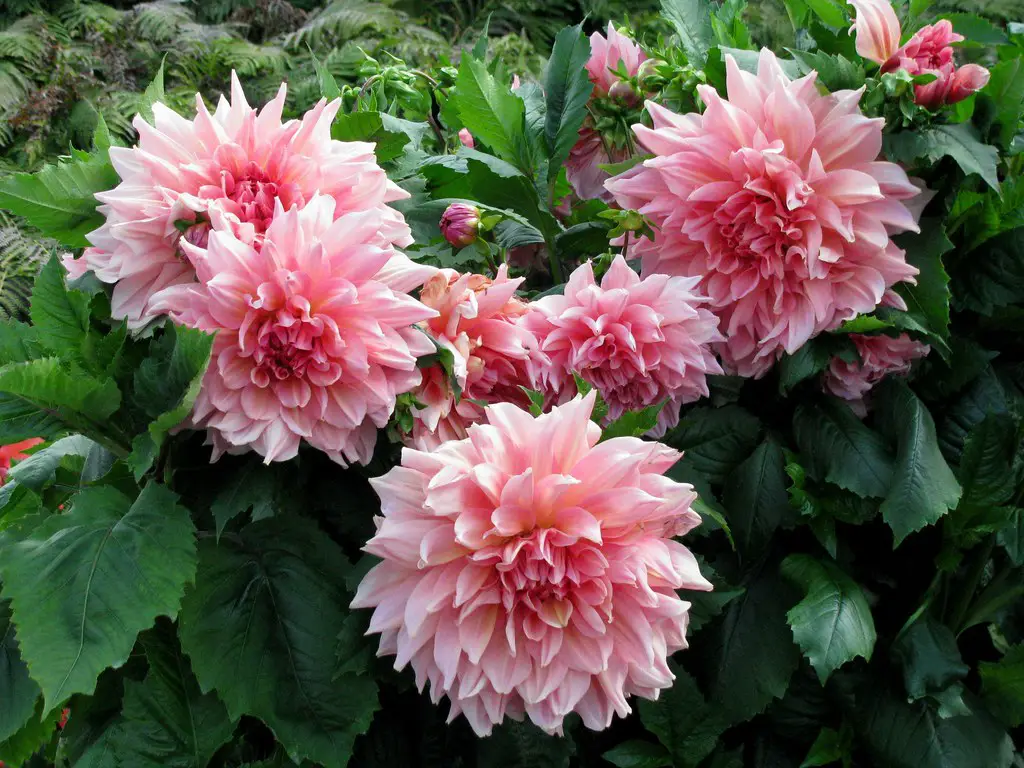
Dahlias are eye-catching flowers, but they attract thrips, earwigs, and aphids. Thrips feed on the petals, causing flowers to appear distorted and discolored. Earwigs hide in the foliage during the day and emerge at night to chew on the leaves. Aphids, as with many flowering plants, drain nutrients from the stems, leading to weak growth.
Maintaining dahlia health requires frequent pest monitoring. Applying neem oil or introducing beneficial insects like ladybugs can help manage infestations. However, homeowners looking for a lower-maintenance alternative may prefer coneflowers or black-eyed Susans. These native perennials offer similar vibrant colors with fewer pest issues.
10. Lilacs
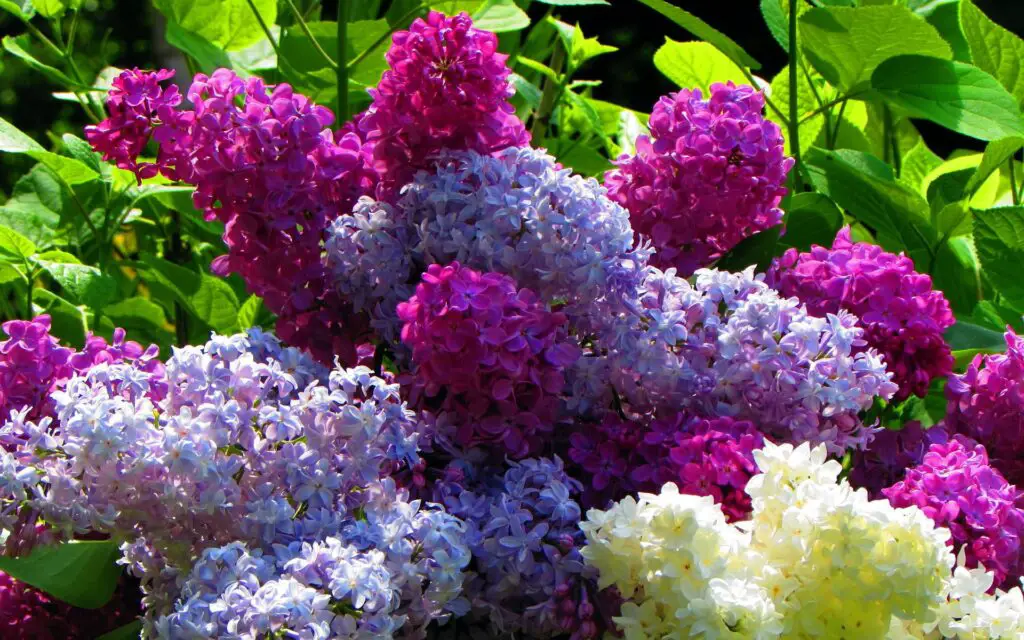
Lilacs are cherished for their fragrant blooms, but they attract borers and scale insects. Borers tunnel into the stems, weakening the plant and causing dieback. Scale insects latch onto the branches, sucking out nutrients and leaving behind a sticky residue that encourages mold. Over time, these pests can severely damage lilac shrubs, reducing their lifespan.
Proper pruning and monitoring are necessary to prevent infestations. Removing weakened branches can help deter borers, while horticultural oil treatments can keep scale populations in check. However, these solutions require ongoing effort to maintain the plant’s health. Gardeners looking for a more pest-resistant alternative may consider butterfly bushes, which offer similar floral beauty without as many pest concerns.
11. Peonies
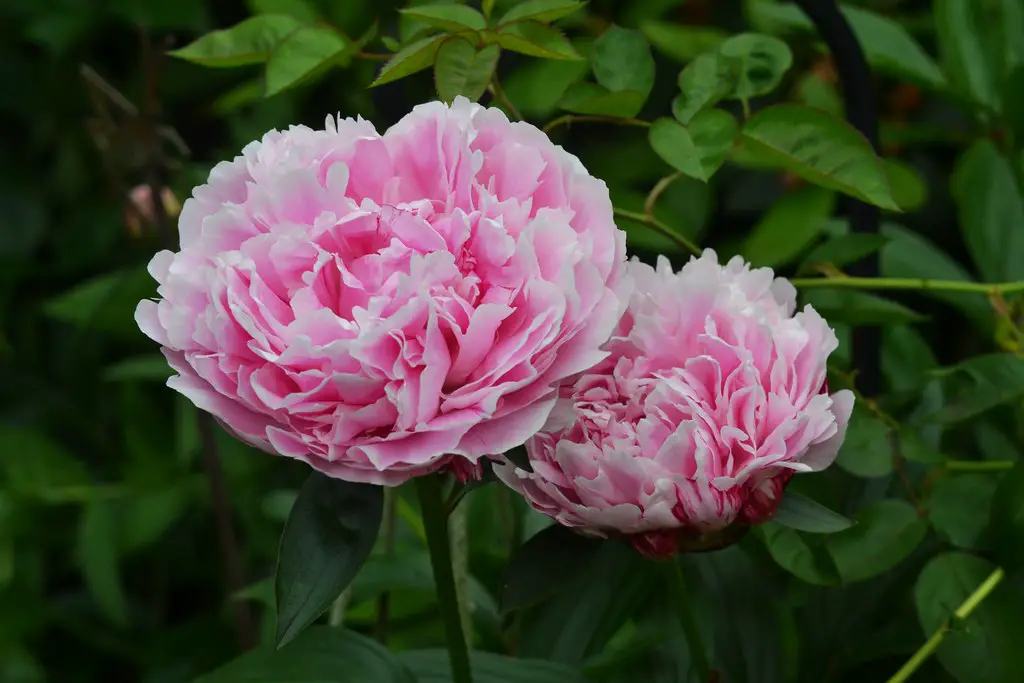
Peonies are stunning garden flowers, but they often attract ants and thrips. Ants are drawn to the nectar on peony buds, while thrips damage the petals, causing discolored and deformed blooms. Although ants don’t harm peonies directly, they can encourage aphid populations by protecting them from natural predators. Thrips, on the other hand, can severely impact flower quality if left unchecked.
Controlling these pests involves regular inspections and gentle washing of the buds with soapy water. Beneficial insects like lacewings can help keep thrip populations down, reducing the need for chemical treatments. However, if pest problems persist, homeowners may want to consider planting hardy perennials like daylilies, which require less maintenance. Proper spacing and airflow around peonies can also reduce the likelihood of infestations.
12. Hydrangeas
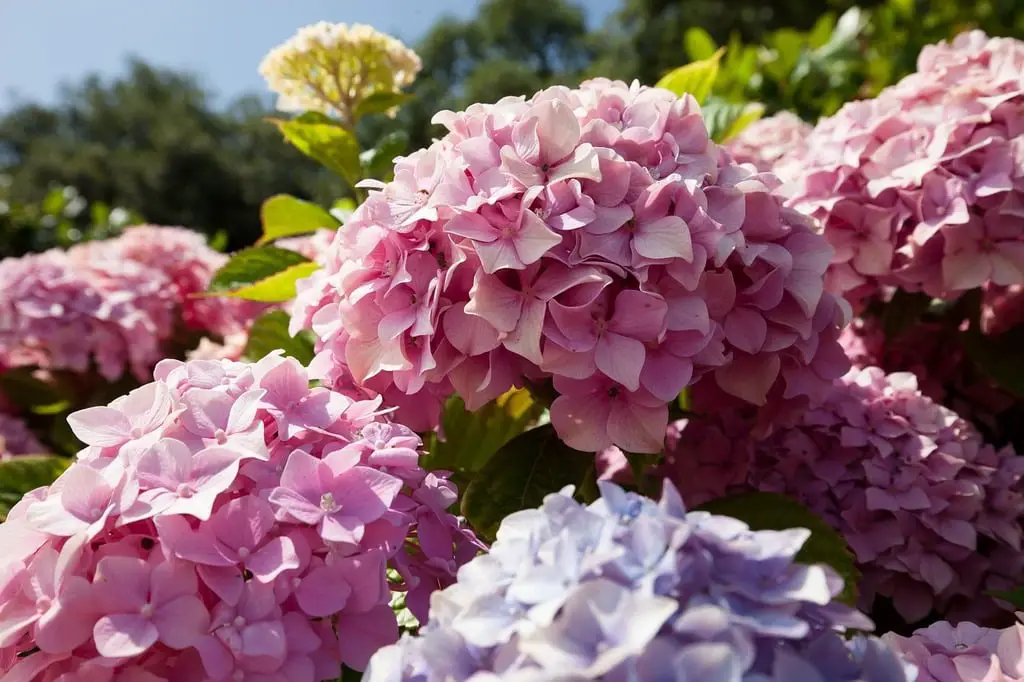
Hydrangeas are a favorite for their large, colorful blooms, but they frequently fall victim to aphids, beetles, and spider mites. These pests weaken the plant by sucking nutrients from the leaves and stems, often leading to curling foliage and reduced flowering. Beetles, in particular, chew through the leaves, leaving behind ragged holes that diminish the plant’s appearance. Without intervention, these insects can quickly spread throughout a garden.
Managing hydrangea pests requires regular spraying with insecticidal soap or neem oil. Encouraging natural predators like birds and ladybugs can also help keep infestations in check. However, hydrangeas need ongoing care to remain healthy, which may not suit all gardeners. Those seeking a lower-maintenance flowering shrub may prefer azaleas, which offer similar beauty with fewer pest issues.
13. Basil
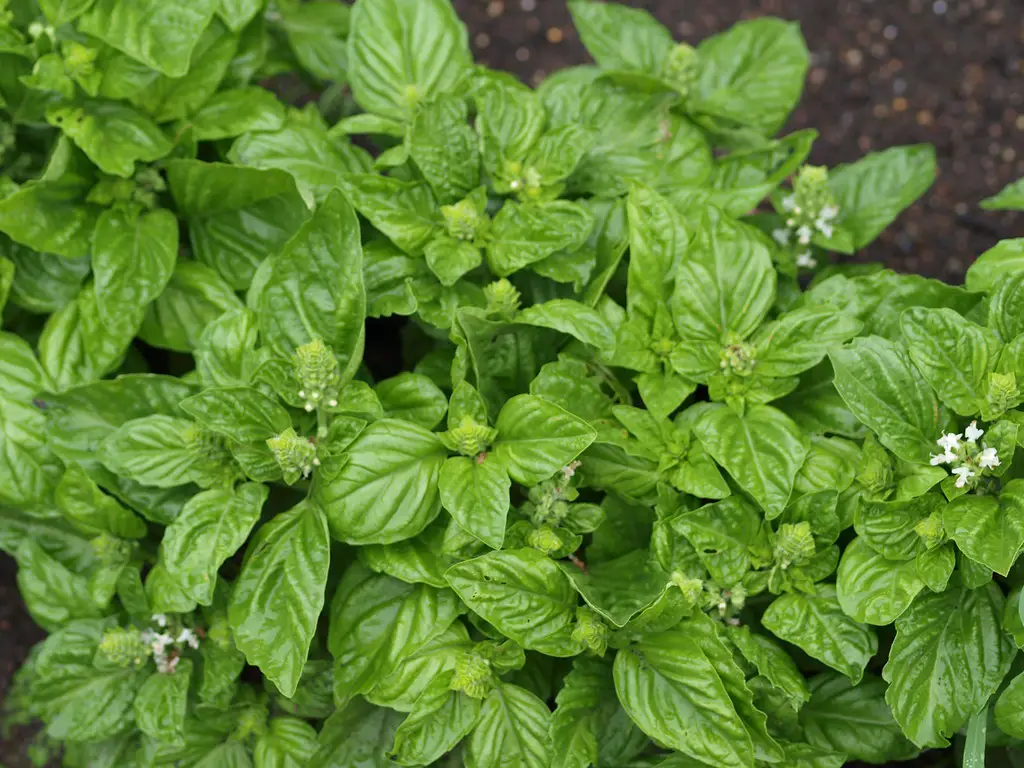
Basil is a staple in herb gardens, but it attracts aphids, whiteflies, and leafhoppers. These pests feed on the plant’s sap, causing leaves to curl and growth to slow. Whiteflies, in particular, leave behind a sticky substance that promotes mold growth, further weakening the plant. If infestations become severe, entire basil crops can be lost.
To prevent pest problems, basil plants should be regularly inspected and sprayed with soapy water. Companion planting with marigolds or mint can help deter some insects, but ongoing maintenance is still necessary. While basil is a beloved herb, gardeners struggling with persistent infestations may find rosemary or thyme to be less vulnerable alternatives. Regular pruning and proper spacing can also help improve airflow and reduce pest buildup.
